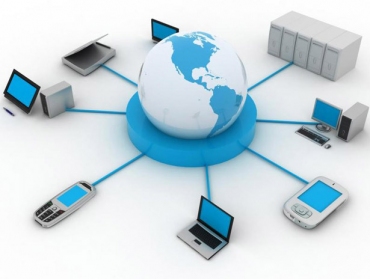If you are anything like me, then you have probably heard the term unified communications and wondered what the heck is that? What if I told you that I was willing to bet that you have used unified communications every day? Does that peak your curiosity? Have you ever sent someone an IM, left someone a voicemail or sent an email? If you have then you have used a few of the products that make up unified communications. That’s right, I said a few. Truth be told, as the name suggest, it is the way we use technology to connect with other people.
Once upon a time a child would grow up and leave their parents for greener pastures. When they got in trouble or needed to hear moms voice it wasn’t easy. They had one option really: to write a letter. Now this letter would take months to get there if it got back home at all. Maybe the stage got help up or it got sent to the wrong place, logistics in a way that we don’t think about today. Now if a child want’s to talk to mom, they send an IM (instant message), pick up the phone or send a text. They can talk with their parents immediately from halfway around the world. This is the benefit unified communications can offer.
So what makes up unified communications? Since it is more of an idea than a product, unified communications has different definitions depending on the person. Technology makes unified communications possible of that there is no doubt. It might be best to split it into two different categories instantaneous and not instantaneous.
Email is a great example of not instantaneous unified communications. Granted sometimes it may become that way, but email is not instant back and forth communication. A fax is another great example because it is sent and then not instantly communicated back. You make a phone call and no answer so you leave a voicemail. Voicemail is not instantaneous because you did not talk to that person straightaway. Fax, email, text messages (SMS), voicemail are all examples of not instantaneous. But all of these examples are ways that you communicate with people in an unified way.
Video conferences are instantaneous because you are talking to that person or group of people back and forth rapidly. There is no delay in the communication process. Instant message is another obvious choice because it is a back a forth conversation. A good idea of instant unified communications is IM, video conferencing, call control, and data sharing. These products happen in real-time. Just another technology is used to enhance communication.
So next time that you hear the term unified communications don’t scratch your head. Remember that it is just a fancy term that means using technology to communicate. It is all about the way people stay connected and together. Unified communications allow people to come together for a common goal. After all, why wait when technology can help?
Featured images:
License: Creative Commons image source
License: Creative Commons image source
This post was supplied by Interact Technology, experts in business and unified communication technology.

